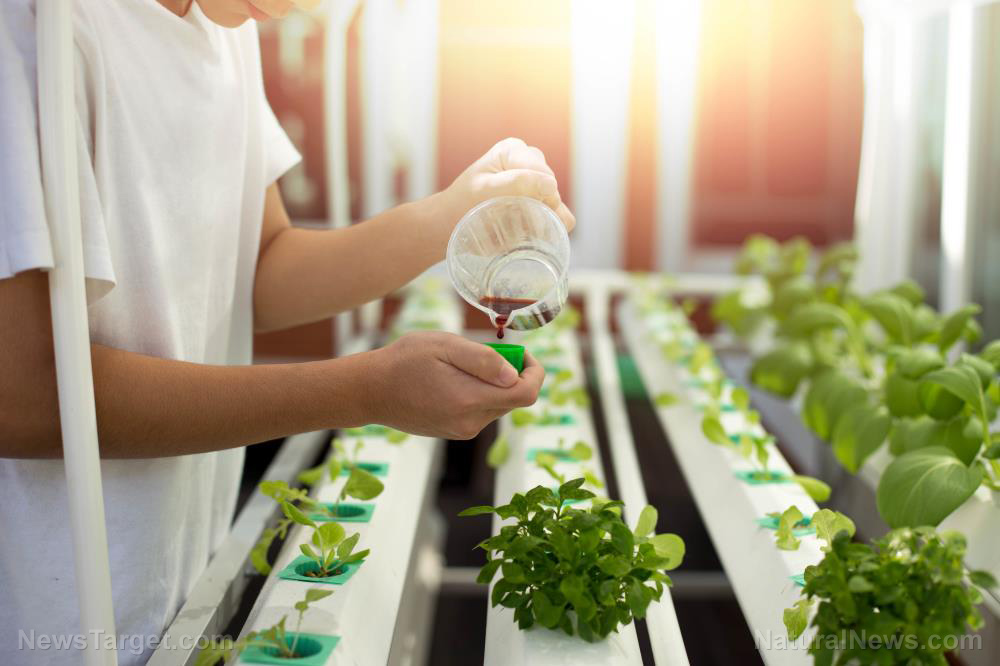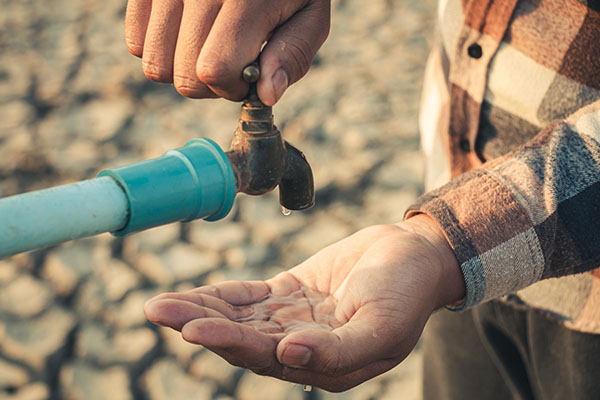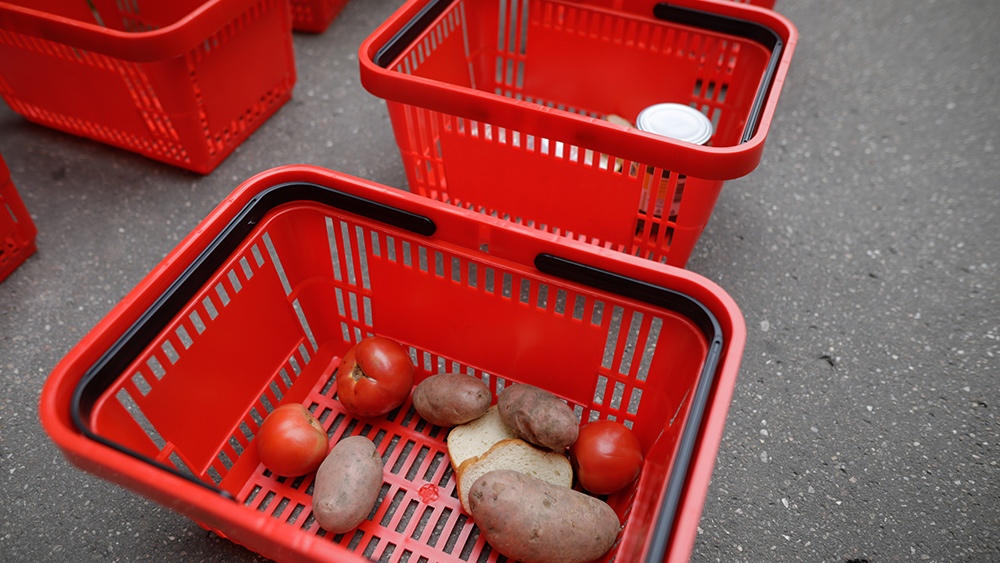
What is hydroponics?
Hydroponic farming is a unique gardening technique that grows plants in a nutrient solution medium instead of soil. Sometimes, the roots will hang directly into a liquid mixture of water and dissolved nutrients, but you can also grow plants in an inert substrate growing medium.
There are many benefits to starting a hydroponic garden. You can set up a big or small system depending on your needs, and it can produce crops in almost any location.
Crops in a hydroponics garden will usually grow faster than those in a traditional garden.
In most cases, hydroponic plants are also more budget-friendly, low maintenance and versatile if you use systems with vertical designs and space-saving options. A hydroponic system usually requires less water than in-ground farming and protects plants against various diseases and pests.
Is it better to build or buy a hydroponic system?
You can either build or buy a hydroponics system and your final choice will depend on the cost. If you want something convenient to set up, it's worth investing in a system that's ready to use right out of the box.
But if you prefer to save some money, learn how to build your own hydroponics system.
If you want to buy a hydroponic garden, there are many user-friendly options to choose from even if you don't have a green thumb.
Pre-made hydroponics systems are available in different sizes. These systems can be self-watering and even self-fertilizing.
Some pre-made hydroponics systems will only require seedlings, an outdoor spot that receives at least six hours of direct sunlight every day or an indoor location with grow lamps. You also need access to power and water.
Once a week, pre-made hydroponics systems will need water and nutrients. You also have to regularly test and adjust the pH level, but that’s it.
Other pre-made hydroponics systems are designed especially for indoor use if that's something you're considering.
Starting a hydroponic garden
Plants need water, sunlight, carbon dioxide and nutrients to grow.
However, hydroponics supplies your plants with those nutrients directly so they don't need to seek them out in the soil. This produces healthy plants that grow larger in a shorter timeframe since you're making it easier for the roots to receive the nutrients that they need.
Before setting up a hydroponics system, check out which type of system will suit your skill level, budget and your growing environment.
Wicking system and deep water culture system are two of the best options for beginners. These two systems are low maintenance and often less expensive than more advanced systems.
Wicking system
Wicking system is the most basic type of hydroponic system for those who want to start with a DIY project. This system works by pumping nutrient solution from the reservoir up the growing tray with the plant roots using a wick like a rope or piece of felt.
A basic hydroponics wicking system needs:
- A grow tray to hold the plants
- A liquid mix of macro and micronutrients
- A reservoir that will hold the water and nutrient mix
- A growing medium like coconut coir or perlite
A wicking system is passive since it doesn't require an air or water pump. It is ideal for plants with low water or nutrient requirements.
Deep water culture system
A deep water culture system works by placing plants in net pots that are held above water using a floating platform. The plant roots are then suspended freely and directly into the nutrient solution which is oxygenated using an air pump, airline and airstone.
This system is recirculating so it saves water, but it's not suitable for larger plants or plants with a long growing period. (Related: Hydroponics and aquaponics can save lives after SHTF.)
Don't let mold grow in your hydroponics system
Once you've chosen and set up your hydroponics system, make sure you take measures to prevent the spread of mold.
Adding a few drops of hydrogen peroxide to the water will help prevent mold.
Sterilize a homebrew nutrient solution
If you're going to use a homebrew nutrient solution, sterilize it. You should also check the nutrient levels of the homebrew that you're using with a probe or RapiTest. Pump when you're cleaning your unit out.
Should you grow from seeds or starters?
Germinating seeds in soil and then transplanting them into a hydroponic system may add unwanted dirt to your system.
Many gardeners choose to grow plants from seeds to avoid damage or trauma that may come from transplanting plants as seedlings in a hydroponics system. It's better to use seeds since adding seeds to a hydroponic system means lessening the chance of introduced diseases or pests from the store.
However, vegetable starters that have already been seeded and germinated will help shorten the time between planting and harvesting.
Note that growing media functions to give support only and not nutrients.
Harvesting and storing hydroponic plants
Commercial hydroponic gardens often harvest plants with the roots to lengthen the storage life, but you may want to remove smaller portions of the plants at a time.
Your harvest can then be stored, dried, or preserved the same way as plants from a traditional garden. For larger harvests with the roots still attached, place plants in a shallow glass of water in your refrigerator to keep them fresh longer.
Hydroponic systems, especially if you use supplemental lighting, tend to be warm environments. When combined with standing water, warm conditions can facilitate the growth and spread of bacteria and viruses.
Keep your hydroponics system clean and bacteria-free by always washing your hands before touching any part of your system, like planting, changing water, measuring pH or adding nutrients.
Once you've washed your hands, harvest your crops into a cleaned and sanitized tote or bucket. If you're using tools for harvesting like a knife or scissors, make sure they are cleaned and sanitized.
Since hydroponic systems tend to be warm and the water is full of nutrients, any bacteria or viruses that enter the system can reproduce rapidly. Rinse all produce thoroughly before cooking.
If you are pulling plant roots out when you harvest, the water might drip onto the other plants. Try to keep splash down when you are harvesting so that water doesn't touch or splash onto the edible parts of the plants.
Visit Homegardeningnews.com for more tips on how to start a budget-friendly garden.
Watch the video below for tips on how to plant seedlings in a hydroponics system.
This video is from the SHTFPrepping101 channel on Brighteon.com.
More related stories:
5 reasons why you’re totally crazy if you aren’t growing your own food.
Grow your medicine: Japanese goldthread grown with hydroponics is just as potent as wild variants.
Functional and efficient: Why vertical farming is being embraced by many farmers today.
Sources include:
Please contact us for more information.























